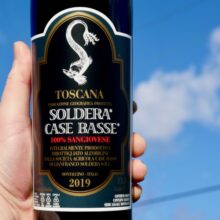
Product information
Soldera IGT Sangiovese 2019
$1,600
Description
Gianfranco Soldera’s Sangiovese is an incredible wine, you almost don’t have to drink it the aroma is that good. Incredible complexity, layering, beautifully refined, perfectly developed, yet youthful. Soldera’s wine have a level of precision that you rarely see. I can see why others have picked Grand Cru Burgundy as an option in blind tastings. Incredibly sophisticated, yet with such divine lingering flavours. Hopefully, I’ll see another bottle in the glass soon!
In stock
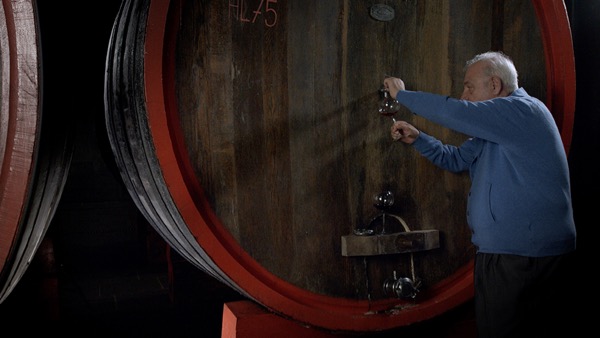
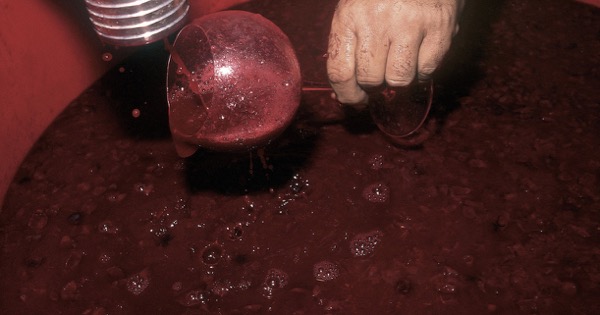






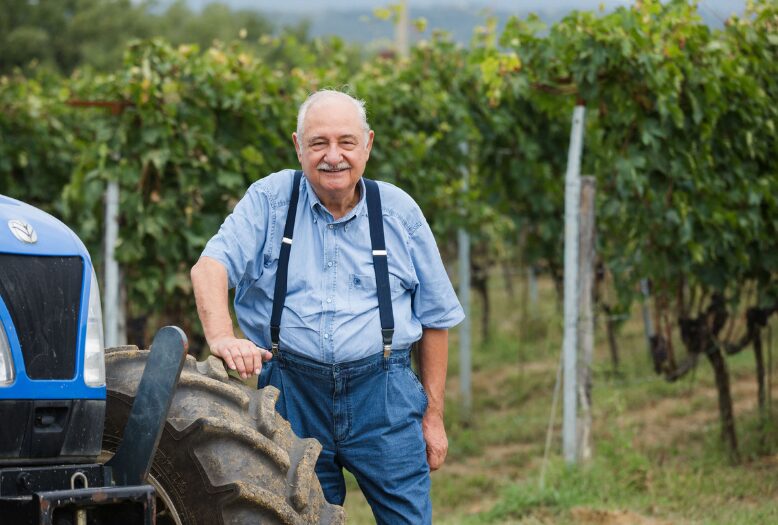
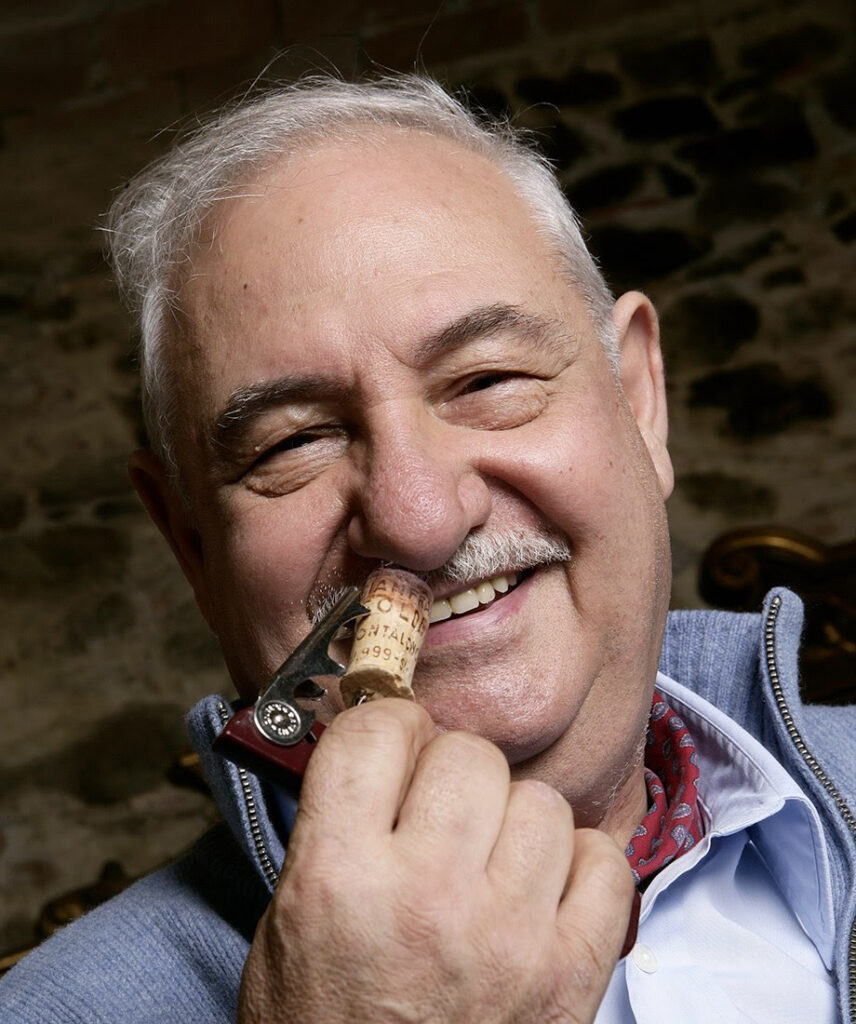



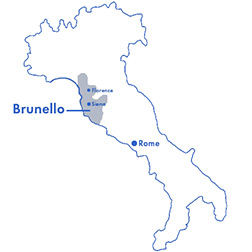
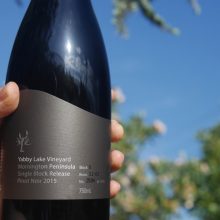
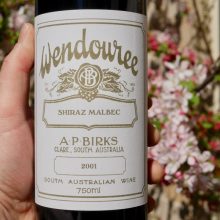
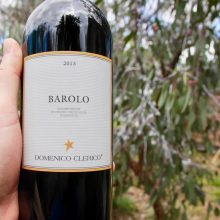
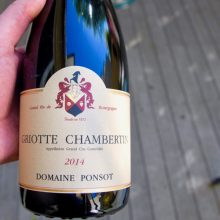
You must be logged in to post a comment.